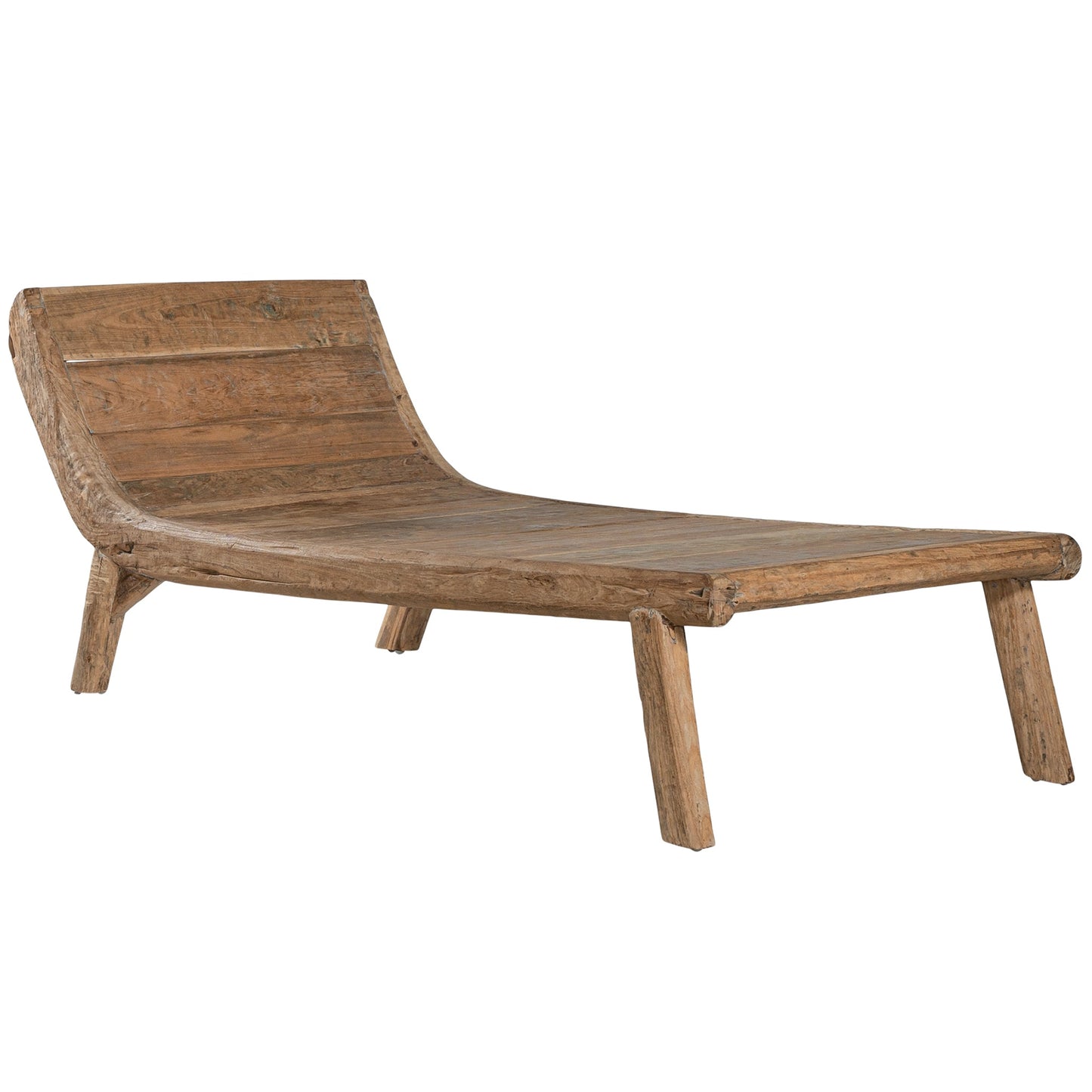
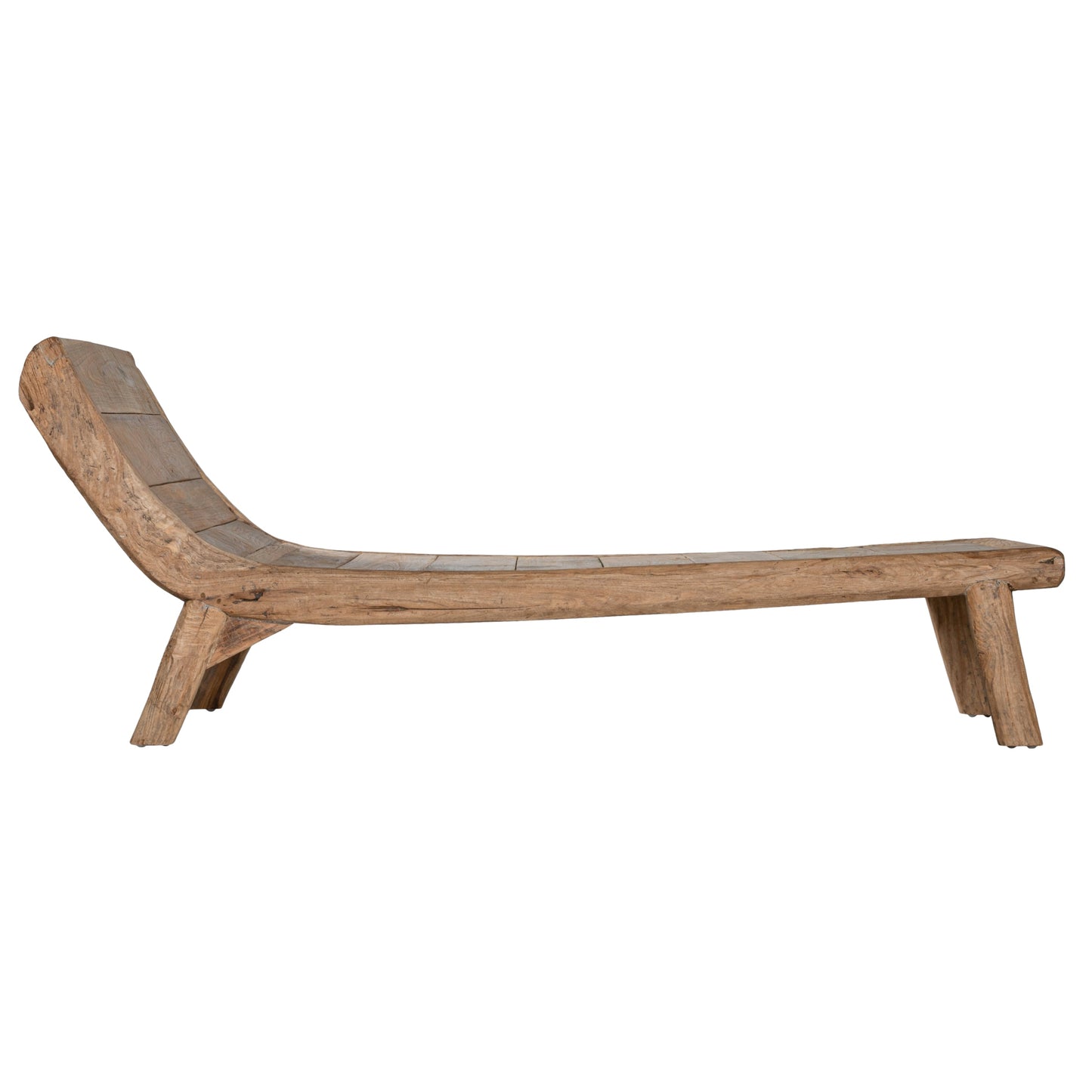
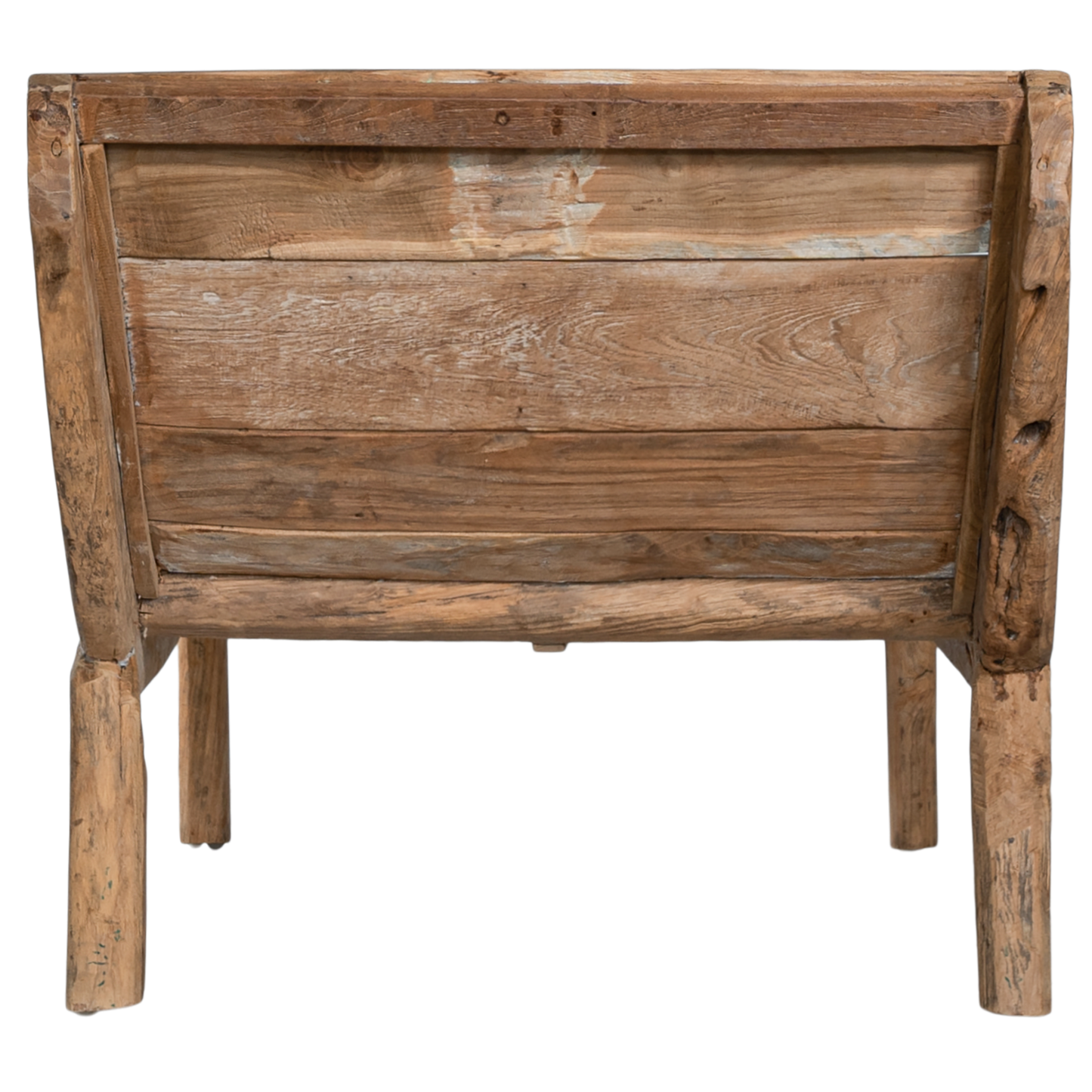
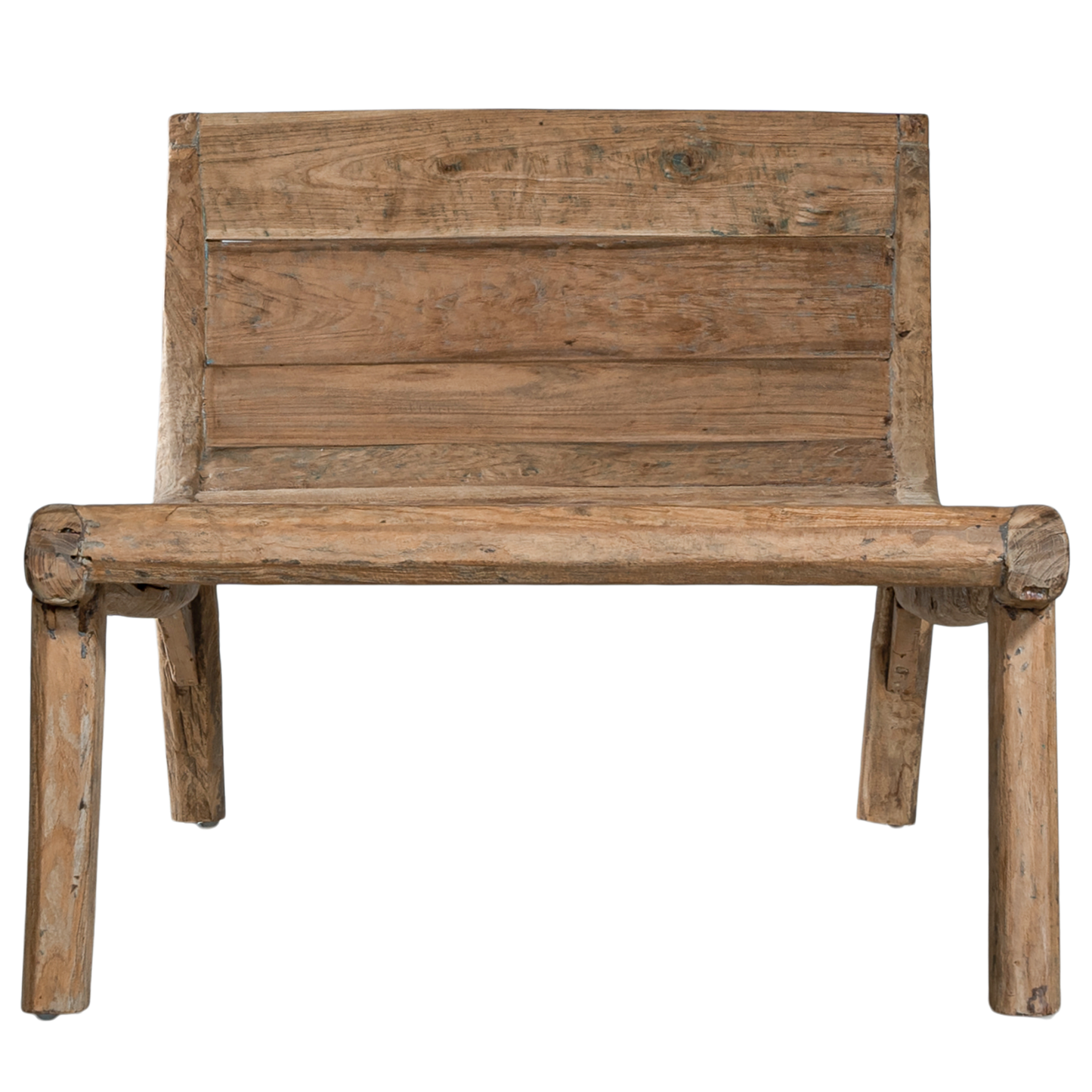
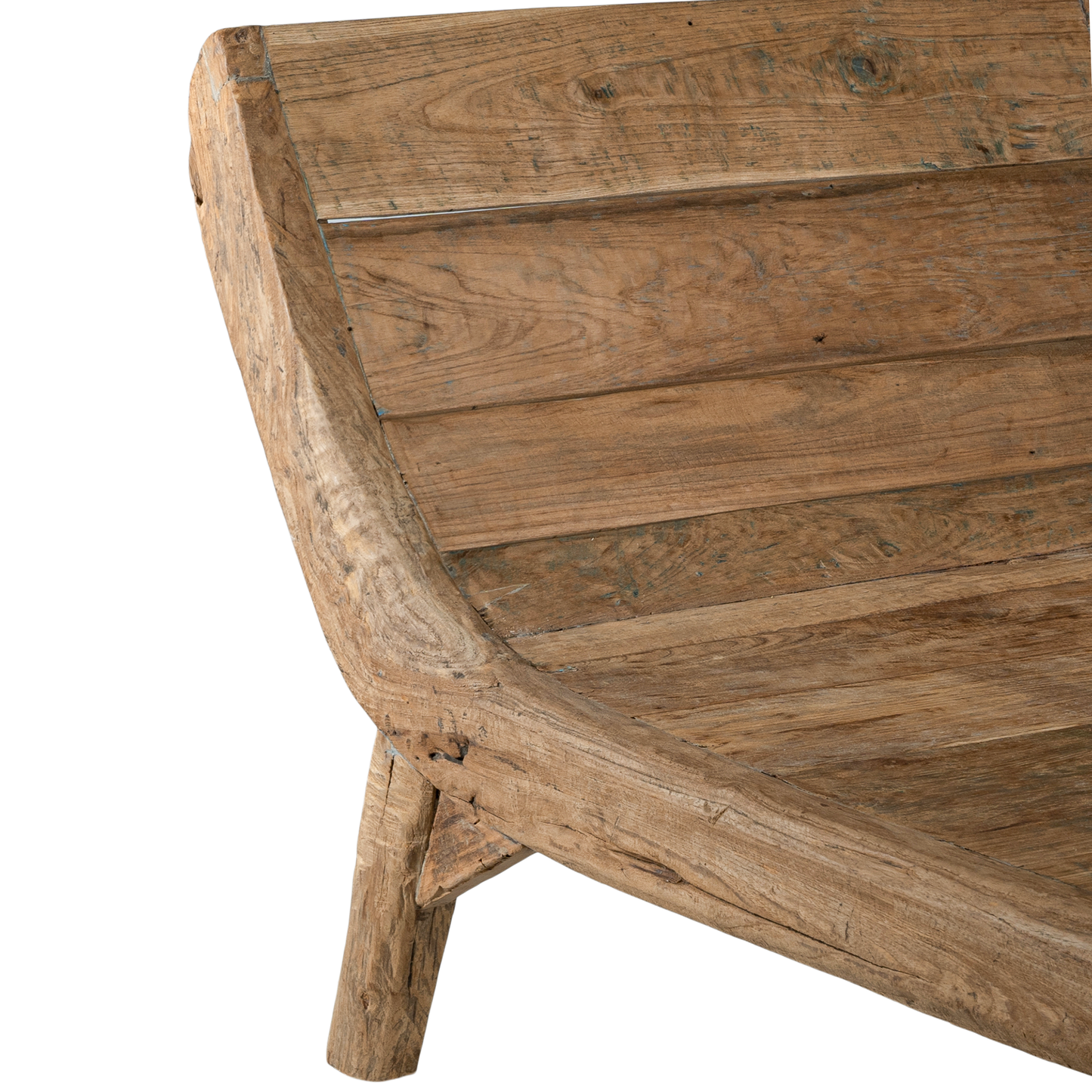
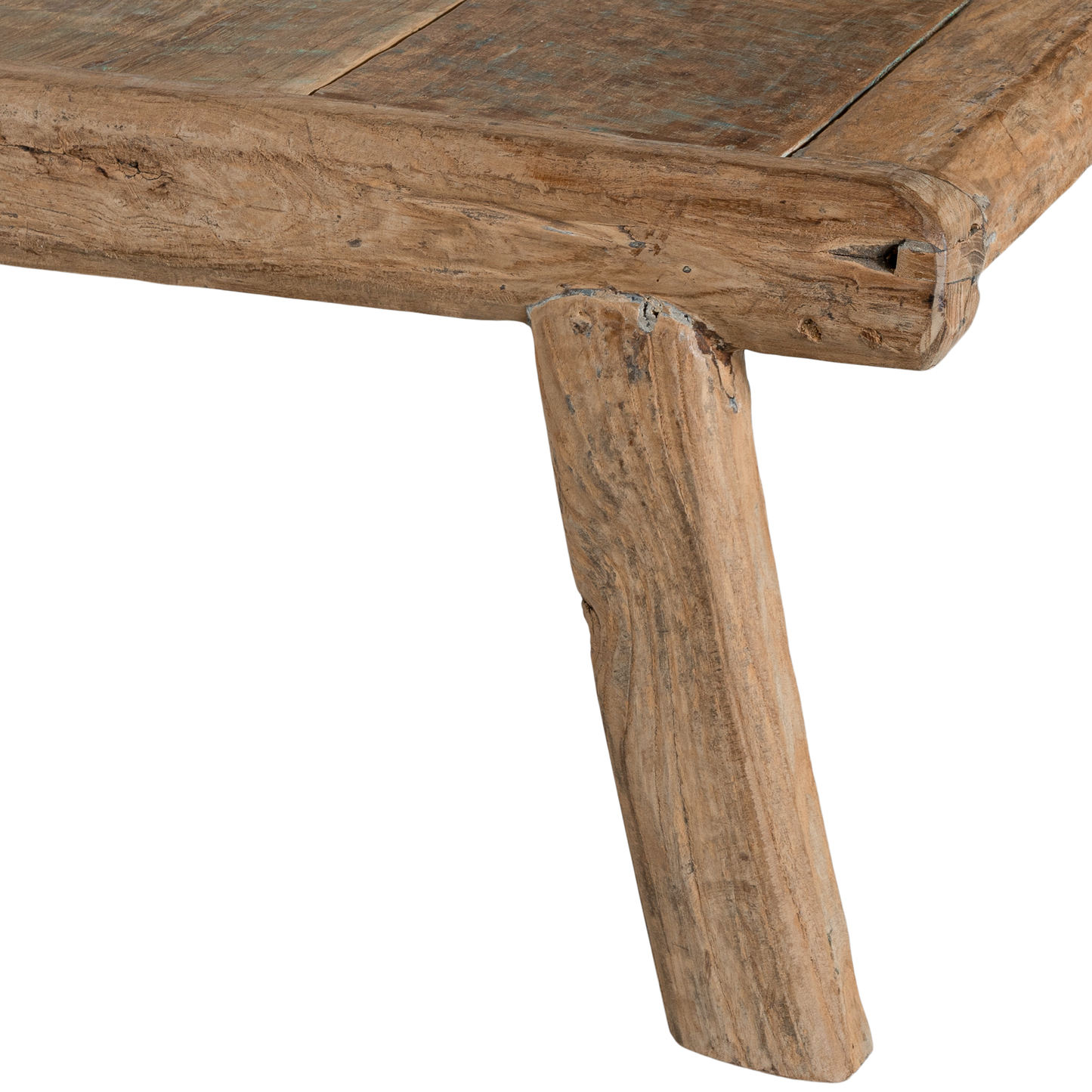
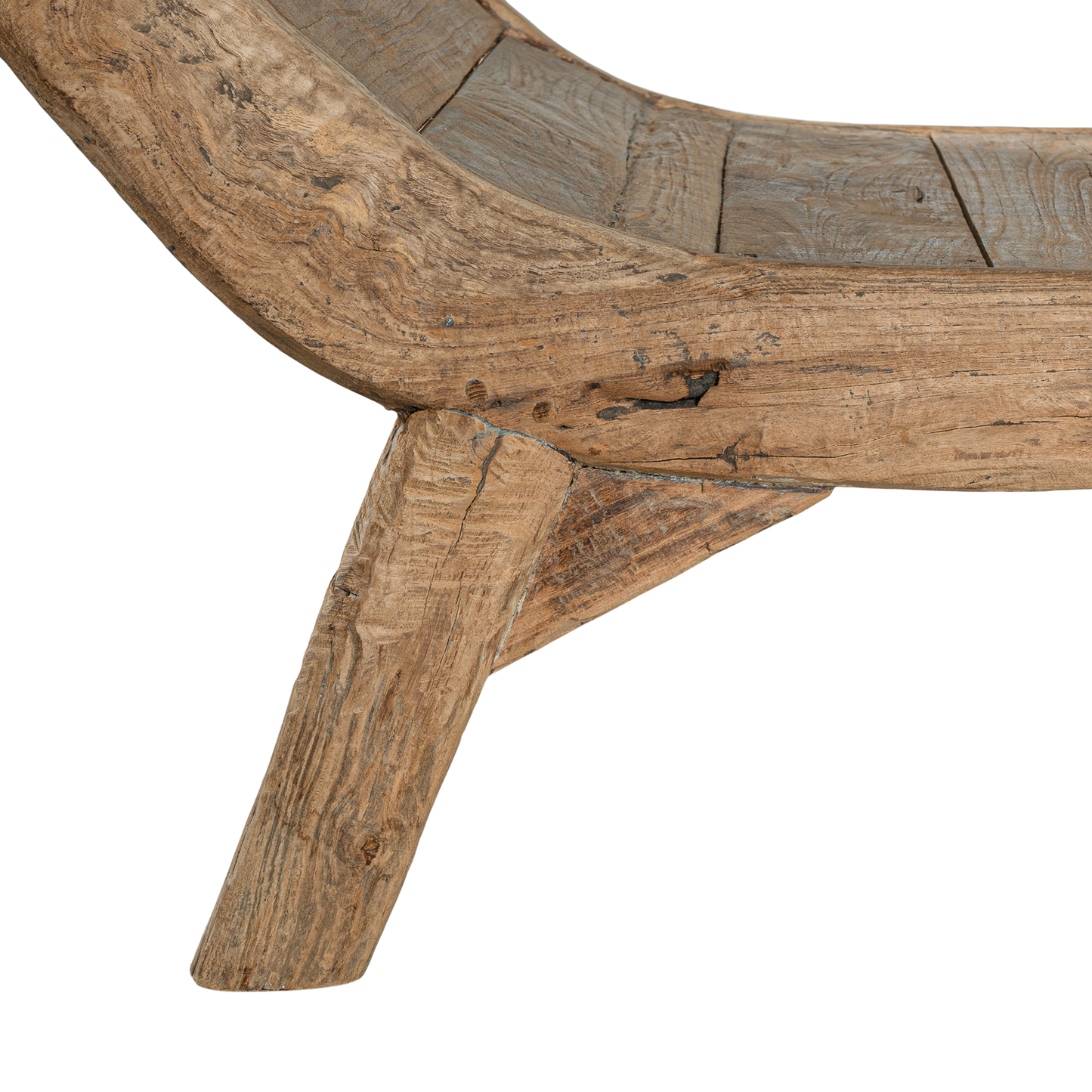
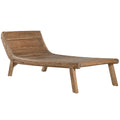
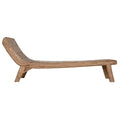
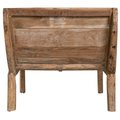
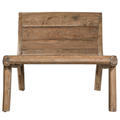
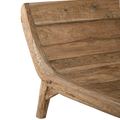
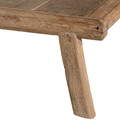
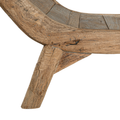
Kalahari Lounger
The new Kalahari collection is like the popular Karoo collection, unique, handcrafted furniture pieces made from a limited supply of antique ploughs salvaged from the rice fields of Indonesia.
Each Kalahari piece has a unique form and finish, depending on the timber's individual grain and the aging process. The result is a natural, organic look, feel and texture; as much of a beautiful, functional piece as a historical piece of art.
The Kalahari collection is the perfect way to create a softer, more organic-looking outdoor retreat while reaping the benefits of long-lasting, reclaimed teak.
These pieces are one-of-a-kind, and their warm tones and textured appearance add a touch of elegance to any space.
SPECIFICATIONS
W 76cm | D 182cm | H 71cm
Each piece within the Kalahari range is handcrafted by skilled artisans, meaning no two are exactly alike.
Using traditional craftsmanship, the reclaimed teak is finished in a sun-grey tone.
Over time, teak will age naturally into an elegant patina grey when left exposed to the elements.
The Kalahari range is individually hand-made from reclaimed timber with a distinctly unique shape; elements such as texture, colour and pattern will vary from piece to piece. The images shown online are representative of the supplied lounger. The shape of the Kalahari Lounger's frame may vary depending on the shape of the individual ploughs.
RECLAIMED TIMBER
This piece is made from selectively salvaged reclaimed teak, which has naturally aged over decades of exposure to the elements.
The ageing process is reflected throughout each piece, presenting unique markings and diverse colour tones. These characteristics form part of the authenticity and beauty of reclaimed teak.
The natural tendency for teak is to patina beautifully into a silvery-grey look, which develops over time in natural conditions, including sunlight and ambient moisture.
Over time, natural splitting, cracking, and loss of natural oils may occur and form part of the characteristics and beauty of this product. These are not viewed as imperfections or faults but as part of timber's natural life and beauty.

